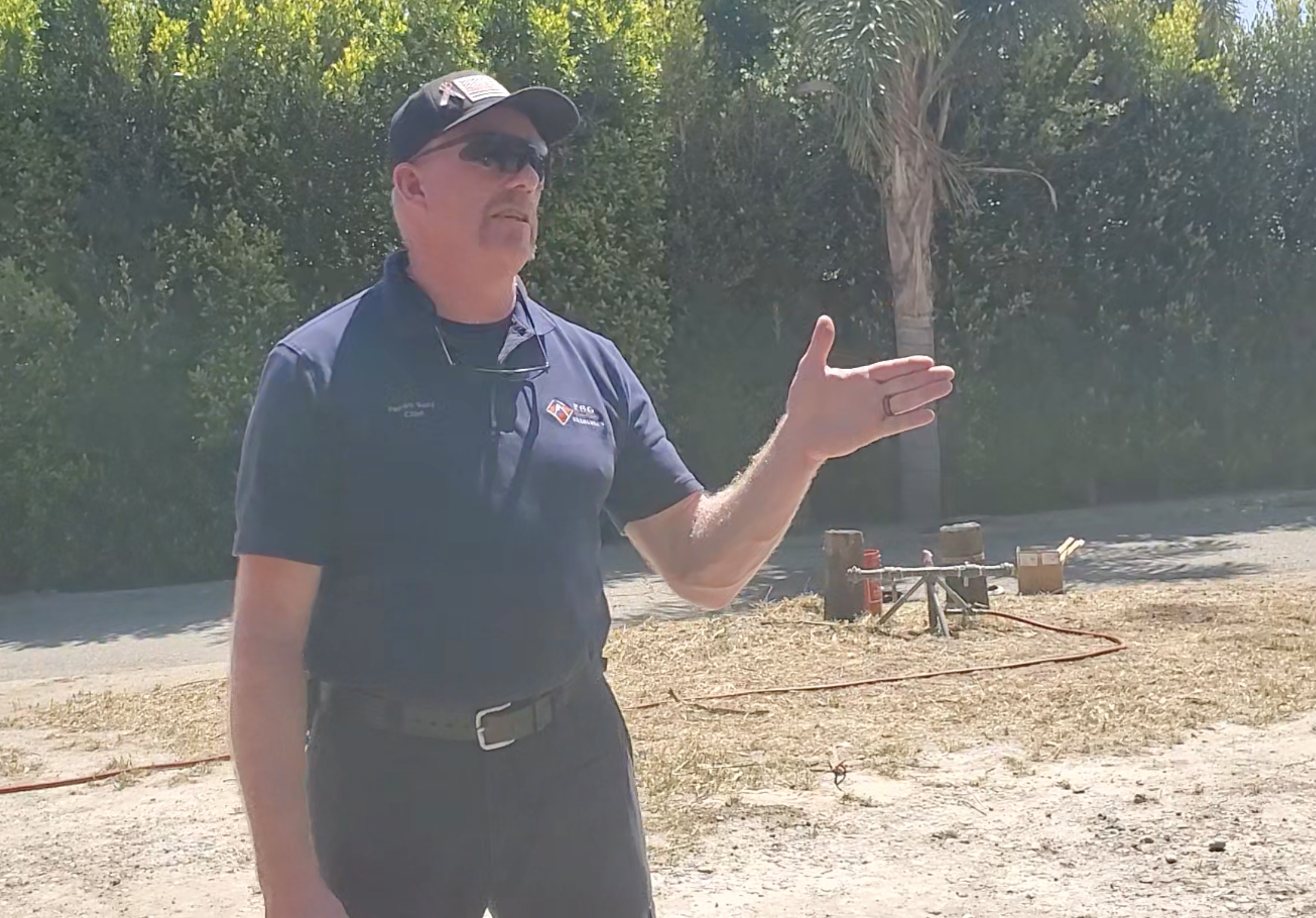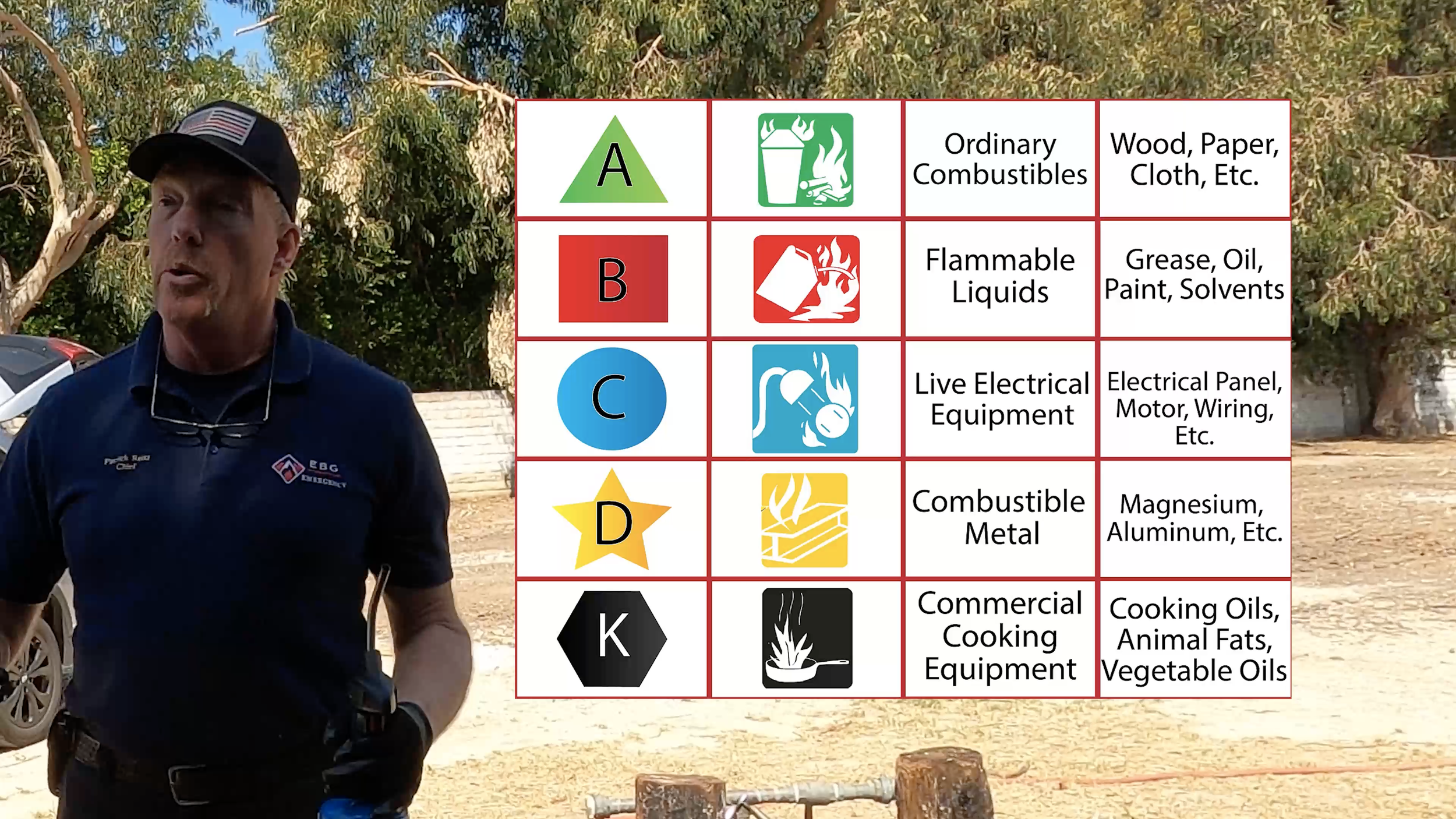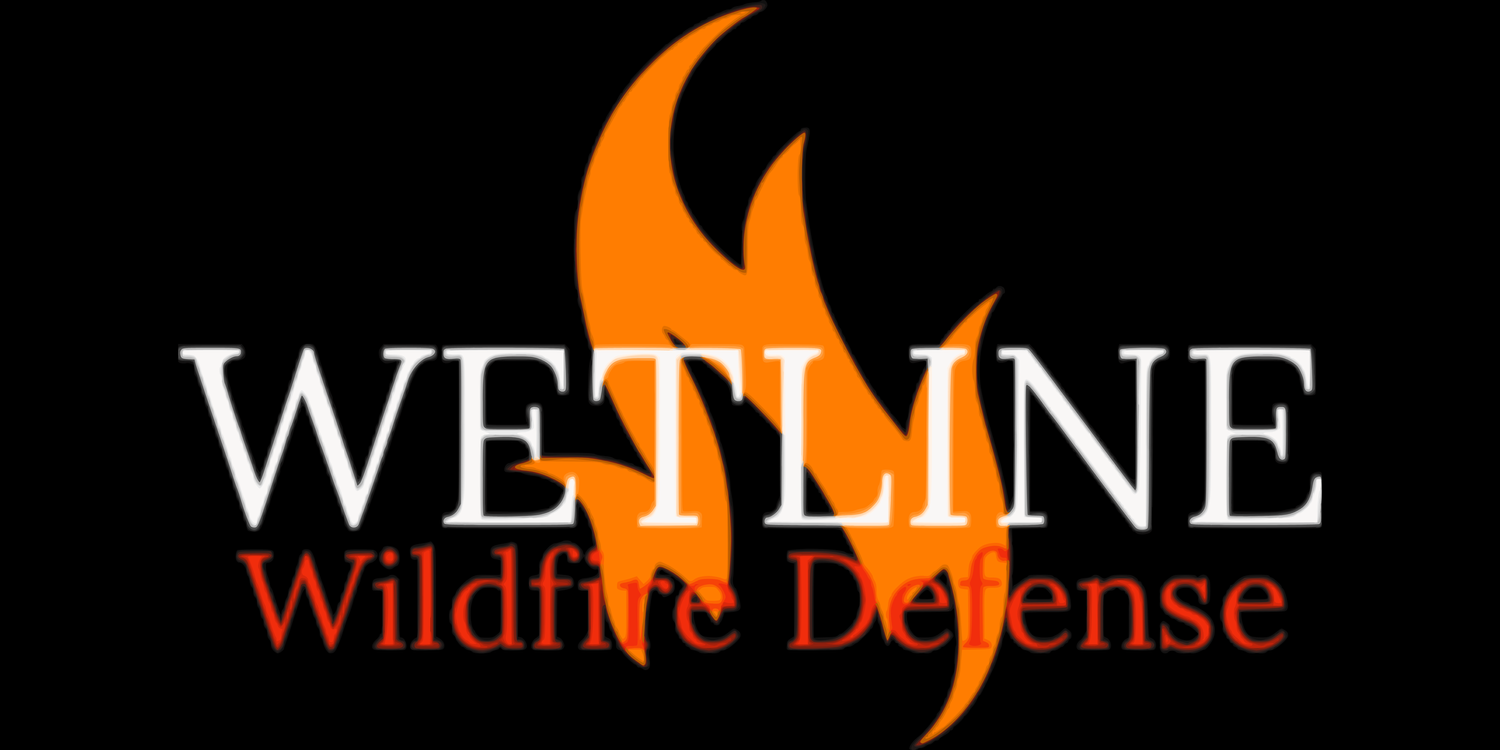
What to Expect from The Wetline Property Evaluation
If you're looking for a way to make sure your home is prepared for a wildfire, you've come to the right place. We're going to walk you through the process of getting a Wetline Wildfire Defense property evaluation - a review of your home and property to determine how well you can protect your home from wildfire.

Understanding Fire Codes When Designing a Fire Suppression System
Class A fire is ordinary combustibles - wood, paper, cardboard, cellulose plant material. Class B fire is flammable liquids, hydrocarbon based - gasoline, kerosene, diesel fuel, tires, plastics. Class C fire is energized electrical fire. Unfortunately, nothing puts out a class C fire, until the power providing the energy is killed. Then, you typically have a class A or class B fire left behind, so a class C fire is a bit of an anomaly. Class D fire is flammable metals - magnesium, lithium (like the batteries in electric vehicles), potassium, flammable salts, etc. Finally, Class K fire is kitchen grease - plant and animal fats, etc.

In the Embrace of Wetline Wildfire Defense: A Beacon of Hope in Nature's Fury
When it comes to wildfires, you want to be prepared. If you live in a high-risk area, it's especially important that you have a plan in place. Fire crews are not equipped during a wildfire to go into the home to extinguish interior fires—they're just going to move to the next home that they think they can save.
